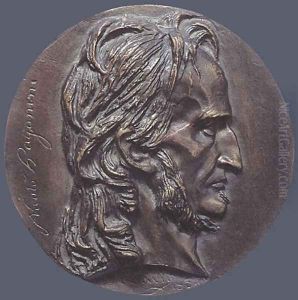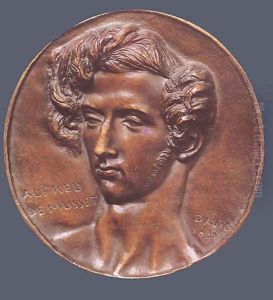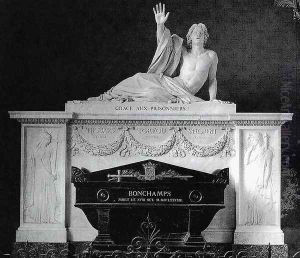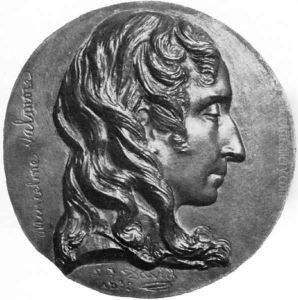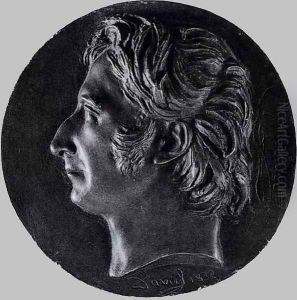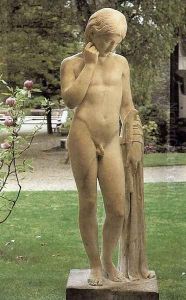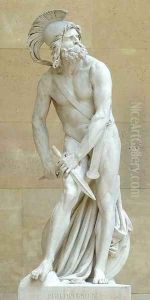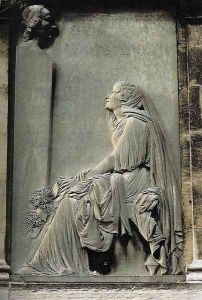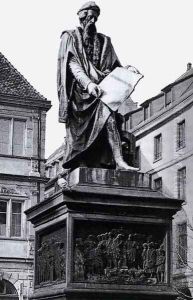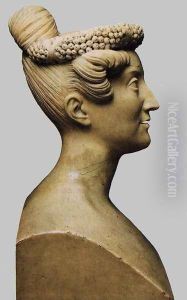Pierre-Jean David d'Angers Paintings
Pierre-Jean David d'Angers, born on March 12, 1788, in Angers, France, was a prominent French sculptor known for his monumental works and medallions that captured the essence of his subjects with remarkable vitality and expression. His early life was shaped by the artistic atmosphere of his hometown, and he was drawn to sculpture from a young age. Despite his father's wishes for him to enter the family business, David pursued his passion for art and moved to Paris to study under the renowned sculptor Philippe-Laurent Roland.
David's talent quickly became apparent, and he won the prestigious Prix de Rome in 1808, which allowed him to study in Rome at the French Academy. It was during his time in Italy that he was deeply influenced by the works of the Renaissance masters and the ancient sculptures, which would play a significant role in shaping his artistic style. His work from this period demonstrates a mastery of form and a deep understanding of human emotion, qualities that would define his career.
Returning to France, David d'Angers quickly established himself as one of the leading sculptors of his time. He was tasked with creating numerous public monuments and statues, including those of famous historical figures such as Jean-Jacques Rousseau, René Descartes, and Michel de Montaigne. His work was characterized by its dynamic poses, detailed realism, and the expressive intensity of the faces he sculpted.
One of his most famous works is the pediment of the Panthéon in Paris, completed in 1830, which depicts France granting her charter to her people. This work exemplifies David's ability to convey powerful themes of liberty and democracy through his art, reflecting the turbulent political climate of his time.
David d'Angers was not only celebrated for his monumental works but also for his medallions, which captured the likenesses of many prominent figures of his era in exquisite detail. These medallions were highly sought after and helped to cement his reputation as a master sculptor.
Despite his success, David d'Angers faced challenges, including the political upheavals of the 19th century, which at times hindered his work. Nevertheless, he remained committed to his art until his death on January 5, 1856, in Paris. His legacy endures through his numerous sculptures and medallions, which continue to be admired for their emotional depth and technical excellence. David d'Angers's contributions to French art were significant, and he is remembered as a key figure in the Romantic movement in sculpture, bridging the neoclassical and modern artistic traditions.
